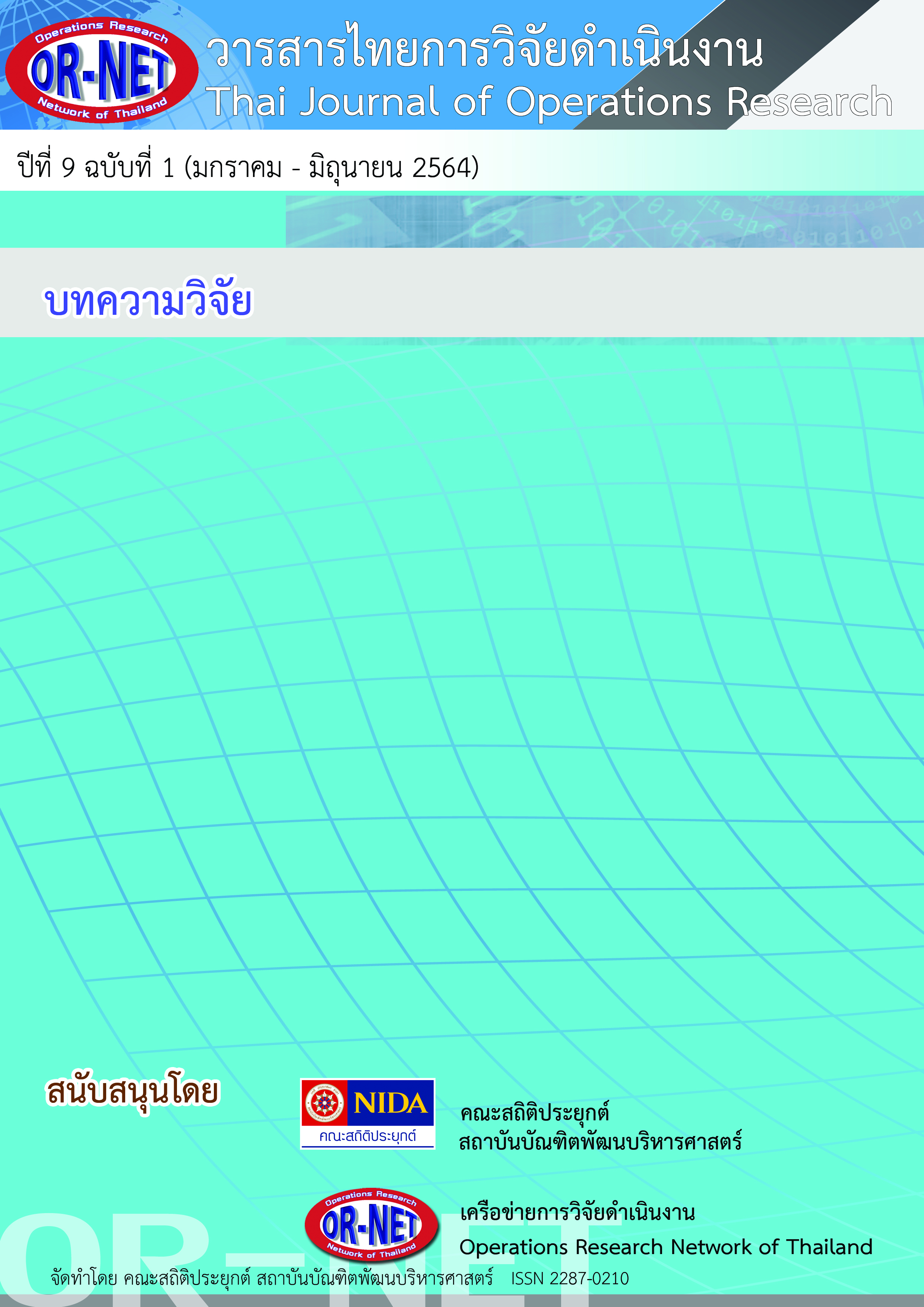Measuring the Efficiency of Public Service Sector Banks in India Using Two-Stage Closed System DEA approach
Keywords:
Banking-sector, Efficiency, Two-stage DEA approach, Input measure and Output measures.Abstract
This paper examines the efficiency of public service sector banks in India using two stage Data Envelopment Analysis [DEA] technique. The proposed model investigates the efficiency of banks of with various input and production standards in each level. While comparing banks, it was determined that some banks are efficient in their profit earning, whereas other banks are efficient in functioning smoothly. The methodology defines the profit efficiency in stage 1 and performance effectiveness in phase 2 of the selected public sector banks in India. The study demonstrates the comparative assessment and efficiency rankings among the selected bank in India.
References
[2] Charnes, A., Cooper, W. W., and Rhodes, E., “Measuring the efficiency of decision-making units”, European Journal of Operational Research, Vol. 2, pp. pp. 429-444, 1978.
[3] Chen, Y. and Zhu, J., “Measuring information technology’s indirect impact on firm performance”, Information Technology and Management Journal, Vol. 5, No.1-2, pp. 9 -22, 2004.
[4] Farrel, M. J., “The measurement of productive efficiency”, Journal of Royal Statistical Society Series A, Vol. 120, No. 3, pp.253 -281, 1957.
[5] Kao, C and Hwang, S. “Efficiency decomposition in two-stage data envelopment analysis: An application to non-life insurance companies in Taiwan”, European Journal of Operational Research, Vol. 185, Issue 1, pp. 418-429, 2008.
[6] Mariappan, P. “Introduction to data envelopment analysis [DEA]”, LAP LAMBERT Academic publishing, ISBN: 978-3-330-00587-7, 2016.
[7] Wanke, P. and Barros, C. “Two-stage DEA: An application to major Brazilian banks”, Expert Systems with Applications, Vol. 41, No. 5, pp. 2337-2344, 2014.
[8] Ramanathan R., “An Introduction to data envelopment analysis-A tool for performance measurement”, Sage publications, ISBN: 81-7829-260-2, 2003.
[9] Seiford, L. M., Zhu, J., “Profitability and Marketability of the top 55 US commercial banks”, Management science, Vol. 45, No. 9, pp. 1270-1288, 1999.
[10] Yang, Z., “A two-stage DEA model to evaluate the overall performance of Canadian life and health insurance companies”, Mathematical and Computer Modeling, Vol. 43, No. 7-8, pp. 910-919, 2006.
[11] Zhu, J., “Multifactor performance measure model with an application to fortune 500 companies”, European Journal of Operational Research, Vol. 123, No. 1, pp. 105-124, 2000.




